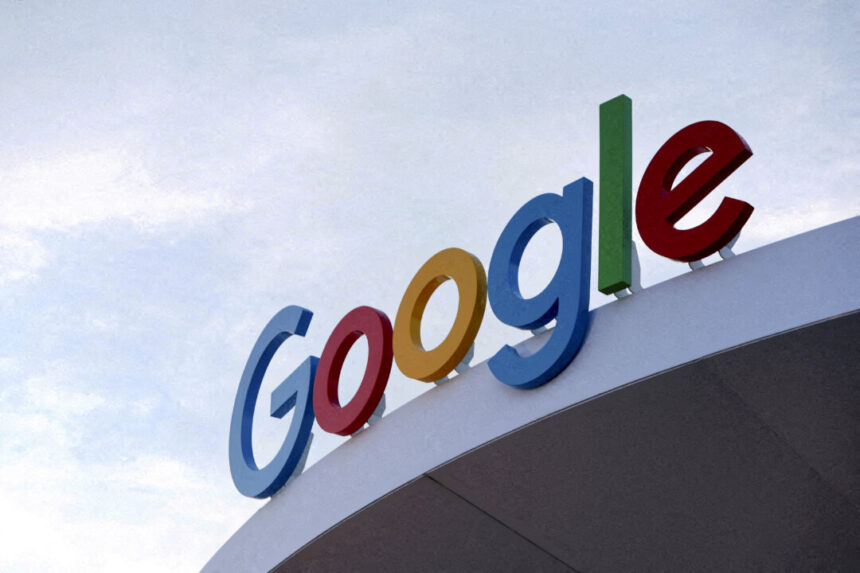Legal action against Google in the U.S. could offer renewed hope to Australian authorities who say the search engine giant hasn’t been playing fair.
A U.S. federal judge has ruled Google violated antitrust laws and held a monopoly over online search services.
But how does that translate in Australia, and what does it mean for the authorities who have been trying to haul in the internet giant for years?
University of Sydney Senior Research Associate Rob Nicholls said Australia’s consumer law was not concerned with monopolies, but there are laws that dictate that market power should not be misused.
“Monopolies in Australia are only bad if they abuse their market power,” Nicholls told The Epoch Times.
The U.S. case against Google is the first non-European antitrust case against the company—the European Union has a long history of accusing Google of abusing its powers.
And it’s still in its early days, according to Nicholls, who says Google will surely appeal, and even after that, there will be no quick and fast solutions.
But it still remains a case to be observed by Australia’s ACCC.
Normally in the United States, such a case against Google would have gone before a jury, but Google pushed for a judge-only trial.
“Google paid not to have a jury trial,” Nicholls said.
But there are key differences.
“Unlike the U.S. where there is a genuine antitrust power, that doesn’t exist in Australia,” Nicholls said.
And perhaps it will provide a renewed discussion on antitrust powers within Australia.
As part of the ACCC’s 2021 report into Google, it was found Australia’s existing competition laws alone were not enough to address competition issues in the sector and that the ACCC should be given powers to develop specific laws in response.
The U.S. Case Against Google
The U.S. case against Google argued the giant had monopoly power in search ads and text ads and that Google’s market share of 60 to 65 percent was at a level that construed a monopoly power.
Issuing a ruling on Aug. 5, District Judge Amit Mehta concluded what had been a lengthy legal battle.
“After having carefully considered and weighed the witness testimony and evidence, the court reached the following conclusion: Google is a monopolist, and it has acted as one to maintain its monopoly. It has violated Section 2 of the Sherman Act,” Mehta’s decision states.
Potential remedies are set to be handed down in subsequent proceedings—and Google can still appeal the ruling.
The Sherman Act, which Google was found to have breached, is a U.S. antitrust law that enforces the rule of free competition, meaning companies holding a monopoly can be dealt with.
Dominance in Ad Tech Space
In 2021, the Australian Competition and Consumer Commission (ACCC) inquiry identified significant concerns and likely harms to publishers, advertisers, and consumers due to Google’s dominance in the space.
The report found Google controlled key parts of the ad tech supply chain and estimated more than 90 percent of ad impressions online passed through at least one Google service in 2020.
This dominance was underpinned by multiple factors including access to consumer and other data, access to exclusive inventory, and integration across its ad tech services.
Key acquisitions by Google, including, YouTube in 2006, helped entrench its position further.
The report also found that Google has used its position to preference its services, shielding it from competition. One example cited by the ACCC is Google’s prevention of rival ad tech services from accessing ads on YouTube.
It was also found Google had refused to participate in publisher-led header bidding, an innovation aimed at increasing competition for publishers’ inventory, and previously allowed its own services to have a “last look” opportunity to outbid rivals.
And the impact on consumers is evident, according to the ACCC.
“We are concerned that the lack of competition has likely led to higher ad tech fees. An inefficient ad tech industry means higher costs for both publishers and advertisers, which is likely to reduce the quality or quantity of online content and ultimately results in consumers paying more for advertised goods”, former Chair Rod Sims said.
Please revise
Source link







